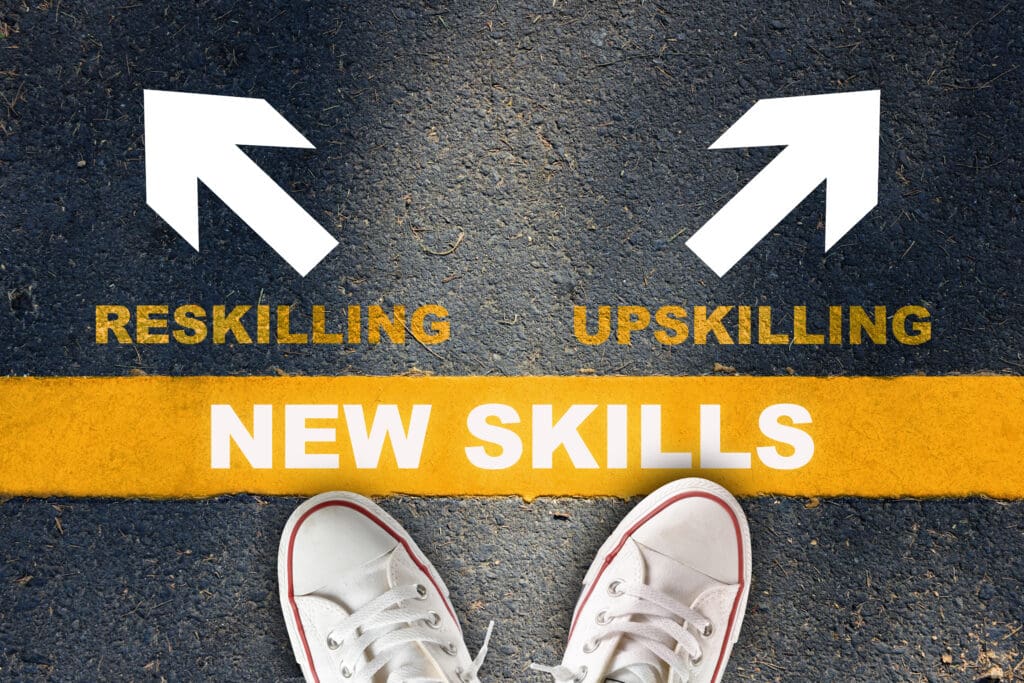An experiential approach to training can solve business challenges whilst strengthening leadership abilities.
By Michael McGowan
Industry 4.0 is permeating both business and personal lives -and revolutionising the way people work. But in corporate learning, one thing hasn’t changed: People learn best by doing.
Experiential learning, also known as action learning, remains a highly effective way to solve business problems. In fact, 63 per cent of respondents to the 2018 Deloitte Human Capital Trends survey indicate that the need for complex problem-solving skills will increase in the coming year, whilst 55 per cent say the same for cognitive abilities.
Action learning is designed to exercise and build these skills by solving an organisation’s specific business or talent problems whilst simultaneously developing leaders and teams. Creating an effective action learning programme begins with assessments that help identify developmental areas within the organisation, ultimately allowing teams to hone in on a single specific issue.
Innovation Incubation: A Case Study
Take the example of a leading technology brand that was highly successful in the 20th century. To the admission of its executives, the brand had lost its innovation luster primarily because of disruptive competitors. As a result, the company struggled to foster an innovation-based culture and launch new products that would gain traction with customers.
To rebuild an innovative culture and mindset within its workforce, the company sought an action learning leadership development programme for cohorts of high-potential senior managers across different functions (i.e., engineering, marketing, finance, IT), as well as across the globe.
 The programme was anchored through an online technology platform that housed the innovation curriculum. Throughout the five-month programme, participants took a series of online modules that gave them digital badges and certifications in innovation and leadership. Whilst the programme included mentoring and one-on-one coaching, the key was the action learning project. Each team was expected to build business cases and innovative product prototypes that they presented to the executive team.
The programme was anchored through an online technology platform that housed the innovation curriculum. Throughout the five-month programme, participants took a series of online modules that gave them digital badges and certifications in innovation and leadership. Whilst the programme included mentoring and one-on-one coaching, the key was the action learning project. Each team was expected to build business cases and innovative product prototypes that they presented to the executive team.
The programme was very successful, resulting in two new product ideas that received $500,000 in funding for further development and ultimately, selection for the company’s product pipeline. Within a year of their graduation from the programme, a staggering 90 per cent of participants were promoted within the organisation.
Designing an Effective Action Learning Programme
One of the most important factors in a successful action learning programme is consensus on the problem to be addressed. When choosing the issue, keep these key factors in mind:
- Choose a broad problem for high-level leaders. Action learning participants are often more senior-level leaders, so it is important that the issue is of a similar magnitude to their responsibilities at their current or next promoted level.
- Lean toward impact and passion. Select an issue that will have an impact on the organisation -one for which participants can be passionate, highly visible, and willing to spend the time and effort to recommend innovative solutions.
- Involve senior-level sponsors. The team of senior executives sponsoring the action learning programme will likely have a personal stake in a certain issue and will help narrow and select it.
- Choose a problem with multiple solutions. It is ideal to work on an issue that can result in multiple, varied solutions to pitch to the sponsors. If it’s broad enough, it could be reused for an additional cohort.
Once the issue and teams are determined, the action learning can begin. The combination of interactive one-on-one training, group exercises, coaching, and formal skills training will push participants out of their comfort zones, resulting in complete participant engagement where employees build leadership skills, improve leadership behaviour, and help create a business solution that will have a positive impact on the organisation.
Global Considerations
For geographically diverse cohorts, it’s important to address logistical issues that may pose barriers to success. Here are some tips for deploying an action learning approach on a global scale:
- Run programmes in regional hubs accounting for language and cultural differences.
- Incorporate a train-the-trainer model by guiding participating HR or business leaders to replicate the programme on their own in various locations.
- Engage past participants to take on different types of roles for new programmes, such as sponsoring, mentoring, or co-facilitating a programme.
Everyday Action Learning
Action learning need not be a formal programme. The concepts can be infused in everyday activities, such as conducting meetings, communicating with the team, and periodic assessments of team functionality. A learning coach can be assigned to observe, listen to the team, and ask questions about how the team is doing, what is going well or not so well, and what needs to be done differently.
The team then debriefs and creates an action plan for continuous improvement. This spirit of ongoing learning is at the foundation of every forward-thinking organisation. Challenge the status quo by investing in people’s knowledge, competencies, creativity, and passion. The result may be just that: results.
Michael McGowan is the managing director and practice leader of leadership and talent for BPI group.














